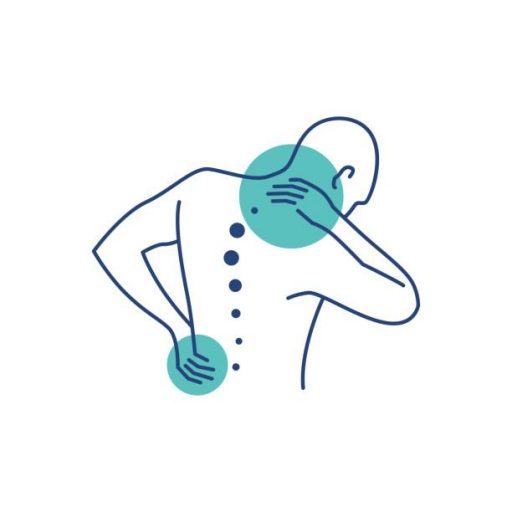Treatment for Tight Pelvic Floor Muscles
The pelvic floor muscles play a crucial role in supporting the pelvic organs, maintaining continence, and controlling bowel and bladder functions. However, sometimes these muscles can become too tight, leading to a condition known as “pelvic floor dysfunction.” Tight pelvic floor muscles can cause a range of uncomfortable and often embarrassing symptoms, such as pelvic pain, difficulty urinating, pain during intercourse, and even lower back pain. Understanding the causes and treatment options for this condition is essential for those affected and seeking relief.
Causes of Tight Pelvic Floor Muscles
Several factors can contribute to the development of tight muscles. One common cause is chronic stress and tension in the pelvic region. Sedentary lifestyles, poor posture, and sitting for extended periods may also lead to muscle tightness. Additionally, past trauma, such as sexual abuse or childbirth, can result in diaphragm dysfunction.
Pelvic Floor Physical Therapy
Pelvic floor physical therapy is one of the most effective treatments for tight muscles. Professionals with training in this specialized form of physical therapy concentrate on the pelvic region’s structures. Through targeted exercises and techniques, physical therapy helps release tension, strengthen weak muscles, and improve overall diaphragm function.
During a physical therapy session, the therapist may use various techniques, including biofeedback, manual therapy, and stretching exercises. Biofeedback involves using sensors to monitor muscle activity and providing visual or auditory feedback to help patients learn how to relax their diaphragm properly. Manual therapy involves gentle massage and manipulation to release tension and trigger points in the muscles.
Relaxation Techniques
Incorporating relaxation techniques into daily life may be beneficial for individuals with tight muscles. Techniques such as deep breathing, meditation, and progressive muscle relaxation can help reduce stress and tension in the area. Practicing mindfulness can also assist in identifying and releasing areas of tension in the body.
Yoga and Stretching Exercises
Yoga and specific stretching exercises can be beneficial for promoting flexibility and relaxation in the muscles. Certain yoga poses, like child’s pose and happy baby pose, can help stretch and release tension in the pelvic region. Regular practice of these exercises may contribute to a more relaxed diaphragm.
Behavioral Modifications
In some cases, certain lifestyle modifications may aid in the treatment of tight diaphragm muscles. Avoiding activities that exacerbate symptoms, such as heavy lifting or high-impact exercises, can be helpful. In addition, maintaining proper hydration and following a diet that emphasizes moderation are both beneficial to one’s general health.


